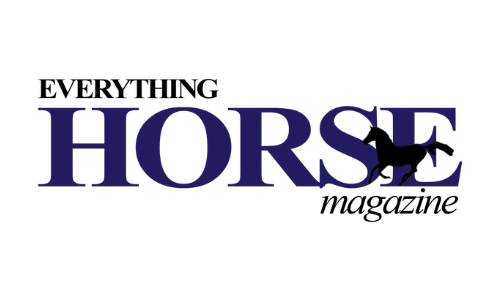
We saw this building when we looked at the 100 block on the north side of Water Street. It's known in the Canadian Register of Historic Places as the Twigge Block, and is said to date from 1898. When it was built it was numbered as 137 and 139 Water Street. There's no architectural attribution for the warehouse, or the additional two storeys that were built before 1906.
Something about that date doesn't add up, because it was already in use in 1896. The Daily World shows that it was actually developed earlier, in 1895, and that Major Twigge, the developer, had a partner, E Cook. We saw Edward Cook's history when we looked at his 1892 development near here on Cordova. He was from Ontario, a builder and sometime developer who was responsible for building many of the city's more prestigeous buildings, including Woodwards. He arrived in 1886, and was still building in 1928. The architect for this building was G W Grant.
John Twigge had been a member of the British army (in the Royal Engineers). He moved here around 1891, with his brother arriving a year or so later, and both invested in property throughout the Lower Mainland. Major-General John Twigge and his brother Samuel Knox Twigge, came to Canada in 1887 and looked at Vancouver before 1890. They were the sons of Captain John Twigge of Dublin. John's wife, identified as Mrs. S.K. Twigge and her two daughters came in 1891. They lived in a house on Pender Street, jointly owned by the brothers. Both brothers were developers, including the 'Twigg' Block on Granville Street.
This building was occupied by Kelly, Douglas and Co at 137 Water Street in 1897, and W H Malkin who were at 139 Water by March 1898. It's known as the Malkin today, but both companies moved on pretty quickly; W H Malkin to a much bigger warehouse to the east, and Kelly, Douglas an equally massive warehouse just to the west.
By 1905 G H Cottrell (a commission agent) was in 139, with Charles Milne, and F H Cottrell (who was George Cottrell's son). At 137 G F and J Galt had their wholesale grocery business, with C J Peter as manager. Mr. Cottrell appears to have bought 139, where he carried out $1,000 of alterations in 1911. He was in the storage business by then, and he developed a warehouse on Cambie and another on Railway. That year he had a customs brokerage business here, but the space was leased to A W Young & Co, Imperial Tobacco of Montreal, J A McComber's wholesale produce business and F G Evans & Co, who were brokers. At 137 there were three tenants; W H Gunn & Co, commission agents, Young Bros, tea and coffee, and Alcock Downing & Rose, wholesale importers of plumbing and electrical supplies.
In 1918 Gold Seal Ltd of Calgary were operating in 137 when prohibition was introduced. They sold wine - $1 a bottle, or $8.50 a case. "REMEMBER You can't buy these wines in British Columbia after April 1 or import them from outside. Lay in a supply now for medicinal purposes or for table or social use." In 1921 they were still here, advising that with the ending of prohibition on May 1st they were struggling to fulfill all the orders that had flooded in.
In 1930, for over two decades, Chess Brothers operated their wholesale produce business in 137, and Chapman Bros, who were in the same business, were in 139 in the 1930s and early 1940s, replaced by 1950 by Ridgway & Adderley china manufacturers.
By the mid 1950s 137 was called the North Western Building, and 139 was also owned by the same North Western Warehouse Co, with the Brinton-Peterboro Carpet Co, and various importers and manufacturers agents leasing space. Thompson River Mining also operated from here.
In 1963 the entire building at 137 was vacant, and there was a fire that caused considerable damage to the top two floors of 139. Artists took the opportunity to occupy cheap warehouse space, with the Gastown Studio setting up in 137, and there were art classes available in 139. As Gastown changed in the early 1970s from a warehouse district to a tourist-oriented retail street, Scandinavian Imports operated in 137, soon replaced by the Leather and Things store, and then by by the Maharajah Restaurant, while Gestalt Studios were in 139.
In 1996 extensive renovations were carried out and an additional two floors were added, and a residential strata building called 'The Malkin' replaced the warehouse space. Designed by Paul Merrick for a company called Amadon, there are now 12 big loft-style units on six floors (above a floor of retail). Previous owners, the Imperial Fox Fur Co, sued the developers for $44,142.77 'persuant to an agreement'.
Image source, Heritage Canada
1387

No comments:
Post a Comment